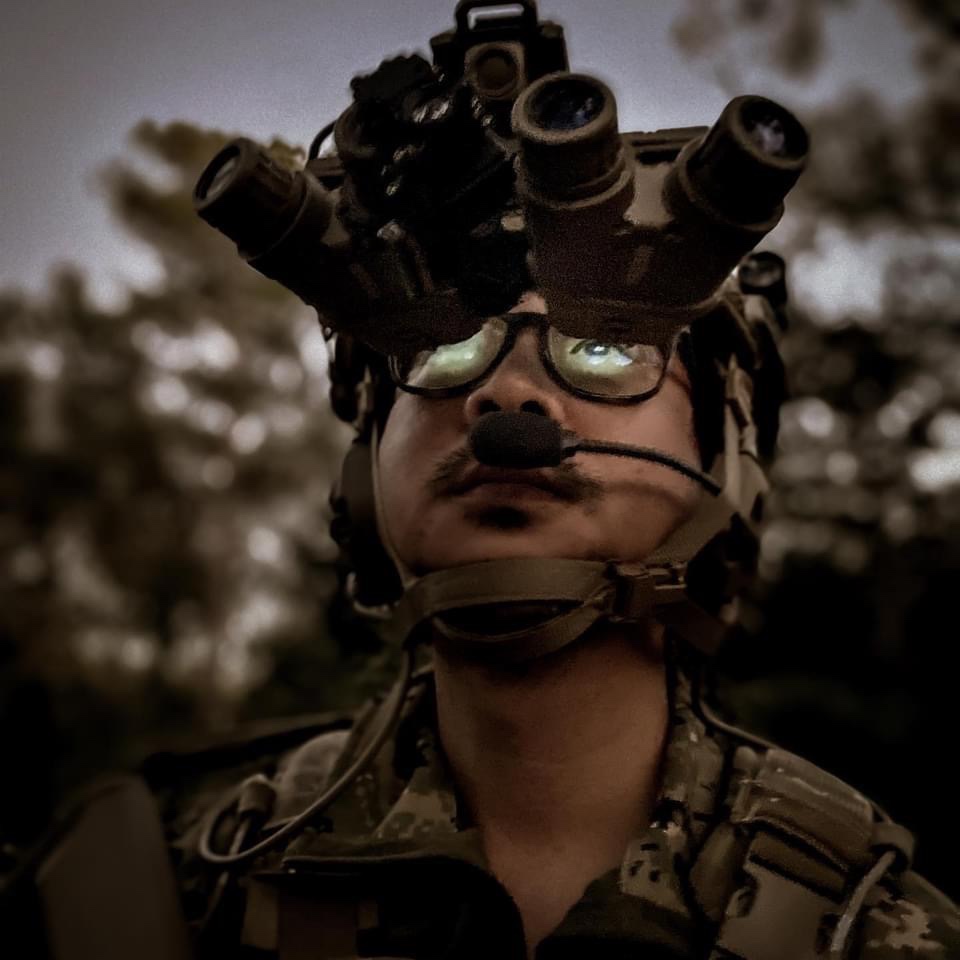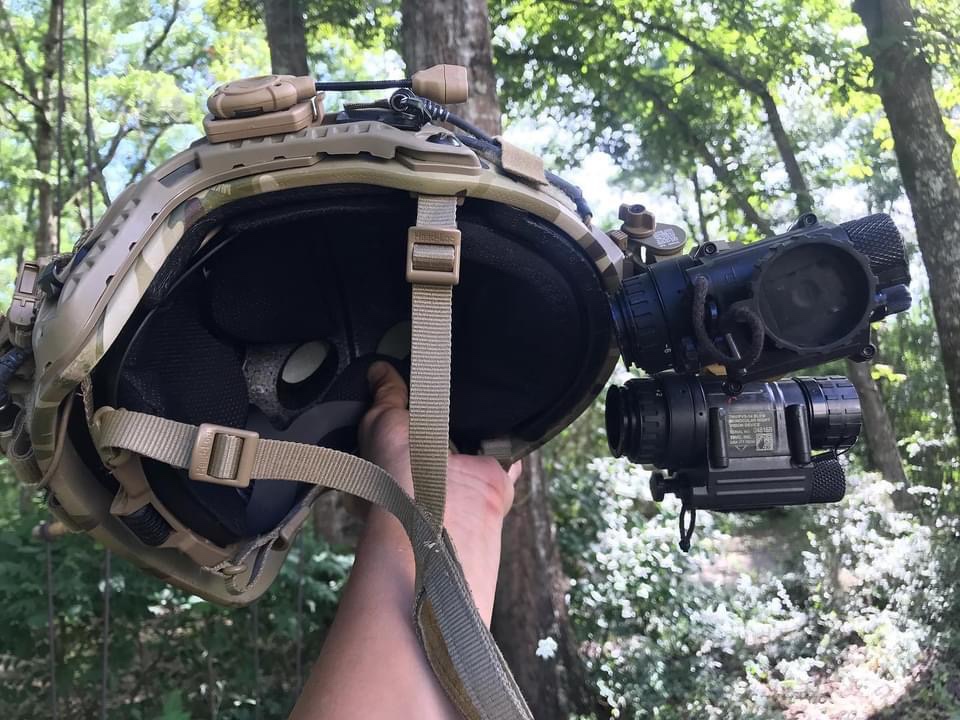WFOV (Wide Field of View) NVGs have been a hot topic lately since the release of the Noise Fighters Panobridge, and more than a few folks have asked for our opinion, enough that it seemed worth it to put together a WFOV NVG White Paper.

BLUF: WFOV is awesome, but it comes with some significant penalties—with true PNVGs, it’s weight, complexity, and ultimately cost. With the Panobridge, the WFOV feature results in about 20-30% loss of performance, with resolution taking the most significant hit.
This means unless you’ve got ridiculously high performing tubes, you’re talking about a *significant* reduction in detection and PID capabilities, whether you’re talking about potential threats or important terrain features (especially when driving).

That being said, the Panobridge can be useful in static observation, especially when scanning wide areas, and it has one advantage most other dedicated WFOV systems do not—you can quickly return it to a conventional 40 degree configuration once you find something that you want to give some more attention, or if you want to transition into dynamic activities and want/need the full performance your tubes can provide. That being said, they’re still, at the end of the day, bridged PVS-14s, and still have all of the issues inherent to that kind of setup.
Author Augee Kim is a VP at TNVC.


That is eight pages of awesome information…thanks for posting.
My question is what is the best mount from the Noise Fighters Panobridge MK2 to an Ops Core bump helmet?